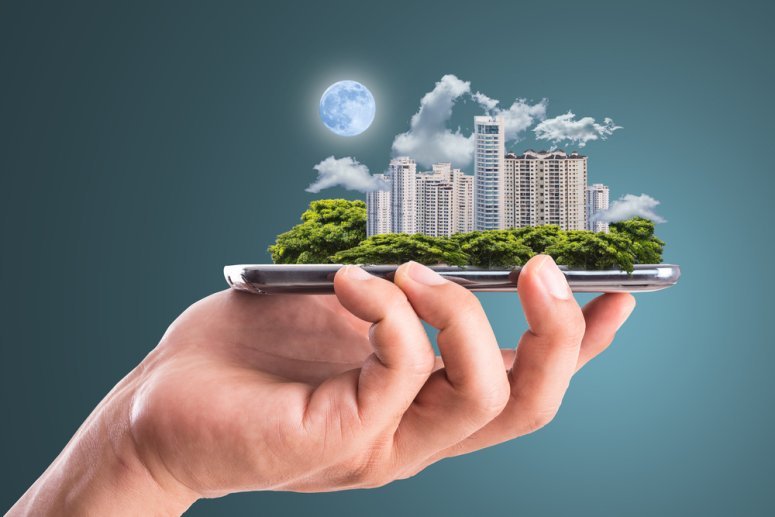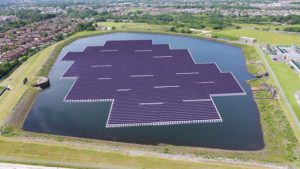 Technologist and urban planners have been diligently working on transforming landscape technology for the past several decades. These metamorphosis will forever change the way we undertake urban living.
Technologist and urban planners have been diligently working on transforming landscape technology for the past several decades. These metamorphosis will forever change the way we undertake urban living.
Smart Cities
The concept for smart cites is simply phenomenal. The objective is to utilize technology and data to create a more sustainable environment. The rate of growth in urban areas increased from 34% in the 1960s to 54% currently, per WHO (World Health Organization). The increase will continue to ascend at a predicted rate of 1.84% per year between 2015 and 2020, 1.63% per year between 2020 to 2025 and 1.44% per year between 2025 and 2030. This type of growth dramatically impacts every aspect of urban infrastructures but can be controlled and regulated through innovative data collections to analyze housing limitations, disease prevention, traffic control and waste management.
Digital technology is conducted with the utilization of camera equipped drones that inspect power lines and human activates, sensor laden streetlight which changes its brightness based on danger levels and LIDAR (Light Detection and Ranging) which is a remote sensing method that uses light in the form of a pulsed laser to measure variable in the Earth’s surface.
A White House report titled Technology and the Future of Cities dated February 2016 issued by the PCAST (Presidential Council of Advisors and Science and Technology) identified the advances in transportation, energy and manufacturing, among other developments, is being coined with the term “a new era of change”. It proposes that, “Investments to renew infrastructures have a greater payoff when they incorporate innovations rather than merely replace old and failing systems”. This calls for more Federal support of new technologies and a spectrum of innovative concepts to improve the lives of city residents.
Cities will Become Greener
Floating solar farms, green roofs, green infrastructures, school gardens and urban forest are just some of the concepts to create a greener city for combating and mitigating our adaption to climate change. Low impact developments are an essential contribution to strategic planning and practices. Constant evaluation of life cost cycles and benefit analogies is also very crucial. Utilizing method like hydrogen 2.0 to replace current power sources can reduce carbon and air pollutants. This method allows us to extract hydrogen from water on demand versus the methane method currently in use.
How to Go Green in Your City
Understanding and supporting smart cities, smart building, smart grid and optimizing environmental resources, without burden, are initial processes to be tackled.
- Vision – setting reachable goals and road maps to navigate you to meet your local goals
- Solutions – acquiring the technology suitable to improve the efficiency of urban systems
- Integration – combination of information and operations to promote overall city efficiency
- Innovation – building each city’s specific business model
- Collaboration – collaboration of forces between global players and local stakeholders
Working together to make our world a cleaner more inhabitable planet is our responsibility. The CEO of Joi Scientific, Traver Kennedy, stated it best when he said, “The smart cites of the future will be greener because transport, industry, homes and businesses can all be powered by hydrogen – just add water”.
All progress begins at home. Do you need help to Go Green, contact us and we can help you get started.
